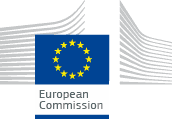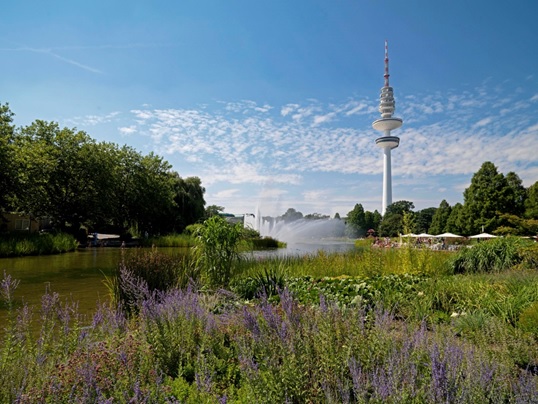
Over half of the world’s population currently lives in urban areas, which is set to rise to two-thirds by 2050 (UN DESA). Poor air quality and its associated health problems are among some of the negative consequences that have been linked to urban development. The use of hard, impermeable surfaces traditionally used in construction, coupled with increased rainfall caused by climate change, has left many cities vulnerable to flooding. Moreover, it has sometimes led to the destruction of valuable habitats.
Many urban areas also experience high ambient temperatures, known as heat islands, making urban environments uncomfortable and increasing the demand for energy.
The good news is many cities around the world are using innovative measures to tackle these issues, which both increase their resilience in the face of climate change and also provide recreational, educational and healthy spaces for their inhabitants.
Greening walls, roofs and streets, and restoring river streams are some examples of how cities are introducing wildlife into urban spaces. These green and blue spaces can help with rainwater management due to their permeable surfaces. In addition, they support wildlife habitats, helping to enhance biodiversity.
China is looking to use vertical gardens in 2018 to help tackle the issue of smog. Vertical gardens, or green walls, are one example of using ecological measures to solve problems caused by urbanization. Following successful projects in Milan and Switzerland, Italian firm Stefano Boeri Architetti has planned to build the first ‘vertical forest’ in Asia. The project, located in Nanjing, is due to be completed in 2018 and will be covered in over 3,600 trees and plants, providing 25 tons of CO2 absorption each year and producing approximately 60kg of oxygen per day. Green infrastructure is not limited to single buildings and developments but can provide important links across fragmented habitats. Many cities have developed Green Infrastructure strategies for linking green or blue spaces to allow wildlife migrate, which is crucial in preserving biodiversity. Examples of this include Green Motorway Overpasses in Germany, or the bee highway in Oslo, which provides a network of rooftop habitats for bees.
The European Environment Agency recently published its report ‘Rivers and lakes in European cities: Past and future challenges’ which assesses the strategies and measures some authorities have taken to improve the state of rivers and lakes. The report outlines the major challenges tackled in 17 cities across Europe.

Hamburg is committed to creating a network of green spaces throughout the city and its outskirts with its ‘Green Network’ plan.
Green or blue spaces can also bring new life to derelict sites and enhance the existing quality of life for residents. One example of this is the proliferation of urban farms, which offers people living in cities the opportunity to grow their own food and learn about ecology, horticulture, and sustainability.
The use of green and blue infrastructure offers innovative and cost effective solutions to many of the problems cause by urbanization and climate change while enhancing the lives of those inhabiting these spaces.
Source: European Commission – Transitioning to Green in our cities





